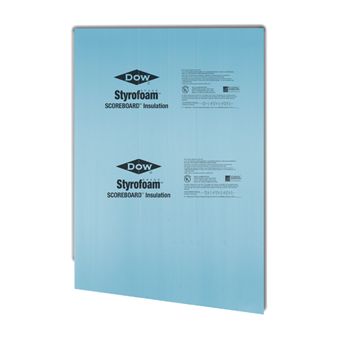Nothing actually new to report, but I do have some observations, material selections, and maybe a few questions.
I am putting a materials list together, and have some observations to share. The first thing I want to cover is the flotation foam, and the design I have envisioned for installing the absolute maximum possible. Unfortunately, I am working in Houston for the foreseeable future and don't have access to dimensions, so some of this is going to be nothing more than educated guesses.
The material I am going to use for flotation is a product by Dow. I have had extensive exposure to this product for a very long time and have seen it used in many applications that are far removed from it's intended purpose. I have dug it out of saturated ground after decades of exposure to moisture, and have never any saturation at all, so I am confident of it's long term effectiveness. I will do some flammability testing, and also dump some gasoline on it, to see how it reacts, but am pretty confident it is safer than the original formulation that was installed in the boat.

Not 100% sure of the density right now, but it is pretty light. Wouldn't surprise me to learn that it is a bit higher than 2 lbs tho, because it has a tiny cell structure. one of the properties I like about it is that it is extremely tough. Anything less sharp than a brand new razor knife tends to tear it. On the other hand, once one side is scoured, it breaks very cleanly.
I am putting a materials list together, and have some observations to share. The first thing I want to cover is the flotation foam, and the design I have envisioned for installing the absolute maximum possible. Unfortunately, I am working in Houston for the foreseeable future and don't have access to dimensions, so some of this is going to be nothing more than educated guesses.
The material I am going to use for flotation is a product by Dow. I have had extensive exposure to this product for a very long time and have seen it used in many applications that are far removed from it's intended purpose. I have dug it out of saturated ground after decades of exposure to moisture, and have never any saturation at all, so I am confident of it's long term effectiveness. I will do some flammability testing, and also dump some gasoline on it, to see how it reacts, but am pretty confident it is safer than the original formulation that was installed in the boat.

Not 100% sure of the density right now, but it is pretty light. Wouldn't surprise me to learn that it is a bit higher than 2 lbs tho, because it has a tiny cell structure. one of the properties I like about it is that it is extremely tough. Anything less sharp than a brand new razor knife tends to tear it. On the other hand, once one side is scoured, it breaks very cleanly.



















